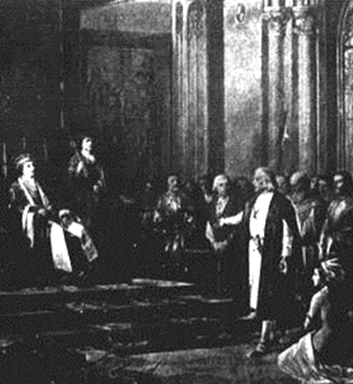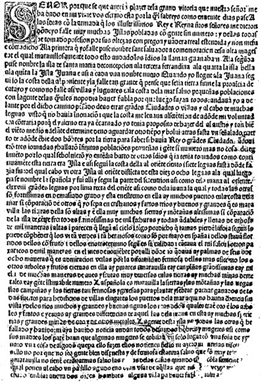"The New World and the Old World" by Valerie I. J. Flint, Ph.D. (1936-2009)
An excerpt from Flint’s The Imaginative Landscape of Christopher Columbus (1992). Flint was a British historian and expert on medieval intellectual studies.
I shall attempt… to reconstruct, and understand, not the New World Columbus found, but the Old World which he carried with him in his head. This Old World held great power. It gave energy to, and directed, many of Columbus’s endeavors in the first place, and much of it remained obdurately in place in his head to the last. Thus, though some of it could later, with justice, be described as fanciful, it was so real at the time to so many of the most important actors upon this particular stage, that it had a decisive impact upon the eventual establishment of "objective reality." Here fact and fantasy become so hard to distinguish that the word fantasy loses its usual meaning, and fantasy of a certain sort becomes proper, indeed vital, to the complete understanding of fact itself.
Columbus used his inner world, his imaginative landscape, deliberately; perhaps to draw others into it with him, perhaps to make, with its help, an impression upon these others which could serve his ends…. He could attract sovereigns, knights, gentlemen and ladies; even, on occasion, his own sailors. By playing upon carefully chosen instruments he could charm from them ideas they hardly knew they had.

